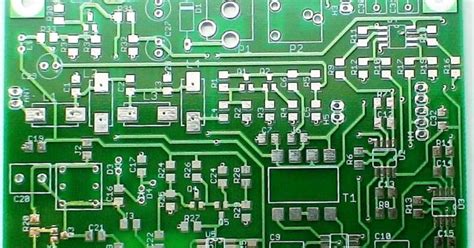
Blog
-
 Read more: PCB Circuit Board – How to Get Started Quickly For Beginners
Read more: PCB Circuit Board – How to Get Started Quickly For BeginnersIntroduction to PCB Basics Printed Circuit Boards (PCBs) are the backbone of modern electronics. They are used in almost every electronic device, from simple gadgets to complex machines. PCBs provide a means to mechanically support and electrically connect electronic components using conductive tracks, pads, and other features etched from copper […]
-
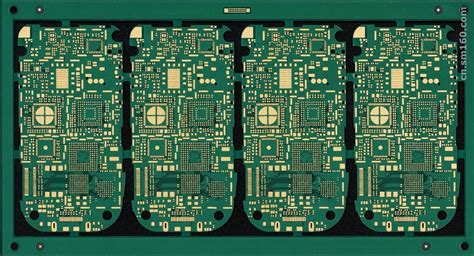 Read more: Introduction to the Basic Knowledge of PCB Raw Materials
Read more: Introduction to the Basic Knowledge of PCB Raw MaterialsTypes of PCB Raw Materials Substrate Materials The substrate is the foundation of a PCB, providing a stable base for the copper traces and other components. The most common substrate materials used in PCB production are: FR-4 FR-4 is a glass-reinforced epoxy laminate, widely used in the electronics industry due […]
-
Several Through-Hole Soldering Methods
Posted by
–
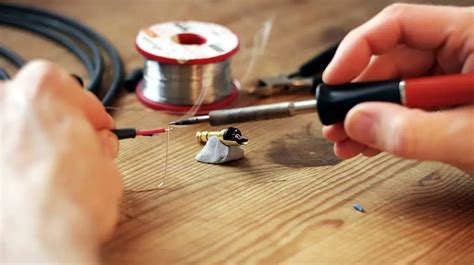 Read more: Several Through-Hole Soldering Methods
Read more: Several Through-Hole Soldering MethodsWhat is Through-Hole Soldering? Through-hole soldering is a method of connecting electronic components to a PCB by inserting the component leads through pre-drilled holes in the board and soldering them to the copper pads on the opposite side. This technique is often used for larger components, such as capacitors, resistors, […]
-
What is Che Ni/Au or ENIG?
Posted by
–
 Read more: What is Che Ni/Au or ENIG?
Read more: What is Che Ni/Au or ENIG?How Does the ENIG Process Work? The ENIG process consists of several steps that ensure a uniform and reliable surface finish on the copper pads of a PCB. The process is as follows: Cleaning: The PCB is thoroughly cleaned to remove any contaminants, such as dirt, grease, or oxides, from […]
-
Printing Wiring Board(PWB)
Posted by
–
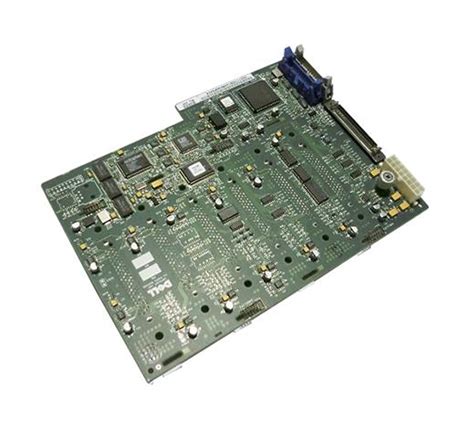 Read more: Printing Wiring Board(PWB)
Read more: Printing Wiring Board(PWB)Introduction to PWB A Printed Wiring Board (PWB), also known as a Printed Circuit Board (PCB), is a fundamental component in modern electronic devices. It serves as a base for mounting and interconnecting electronic components, such as resistors, capacitors, integrated circuits, and connectors. PWBs are designed to provide electrical connections […]
-
Plated-through Holes of Printed Circuit Board
Posted by
–
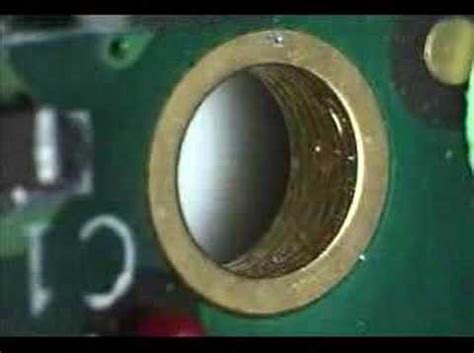 Read more: Plated-through Holes of Printed Circuit Board
Read more: Plated-through Holes of Printed Circuit BoardIntroduction to Plated-through Holes Plated-through holes (PTHs) are an essential component of printed circuit boards (PCBs) that enable electrical connectivity between different layers of the board. These holes are drilled through the PCB and then electroplated with a conductive material, typically copper, to create a reliable electrical connection. PTHs play […]
-
About Trace Width and Tolerance
Posted by
–
 Read more: About Trace Width and Tolerance
Read more: About Trace Width and ToleranceWhat is Trace Width? Trace width refers to the width of the conductive paths, or traces, on a PCB. These traces are responsible for carrying electrical signals between components on the board. The width of a trace is typically measured in mils (thousandths of an inch) or microns (micrometers). Factors […]
-
Several PCBA Test and Inspection Methods
Posted by
–
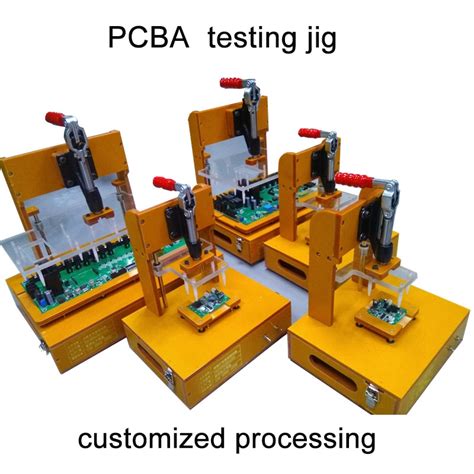 Read more: Several PCBA Test and Inspection Methods
Read more: Several PCBA Test and Inspection MethodsIntroduction to PCBA Testing Printed Circuit Board Assembly (PCBA) is a crucial process in the manufacturing of electronic devices. To ensure the quality and reliability of the final product, various test and inspection methods are employed at different stages of the assembly process. These methods help identify defects, ensure proper […]
-
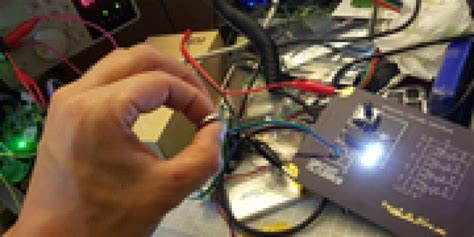 Read more: 8 PCB Assembly Testings – An Overview of PCBA Test
Read more: 8 PCB Assembly Testings – An Overview of PCBA TestIntroduction to PCBA Testing Printed Circuit Board Assembly (PCBA) is a crucial process in the manufacturing of electronic devices. It involves the assembly of various components onto a printed circuit board (PCB) to create a functional electronic circuit. To ensure the quality and reliability of the assembled PCBs, it is […]
-
PCB Pins-How To Use It(Latest)
Posted by
–
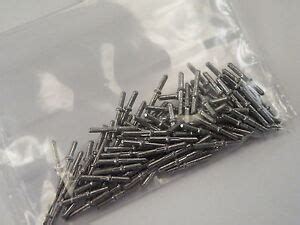 Read more: PCB Pins-How To Use It(Latest)
Read more: PCB Pins-How To Use It(Latest)What are PCB Pins? PCB pins are small, conductive components that are soldered onto a printed circuit board (PCB) to create electrical connections between different parts of the board or to external devices. These pins come in various shapes, sizes, and configurations to suit different needs and applications. Types of […]




